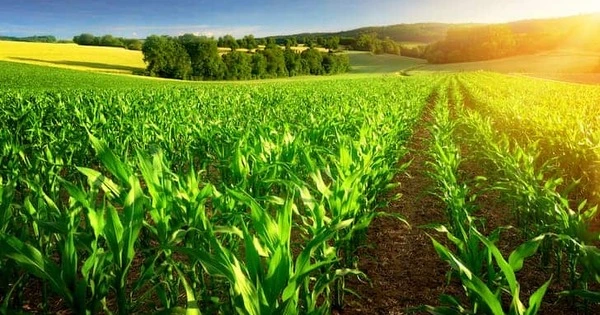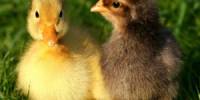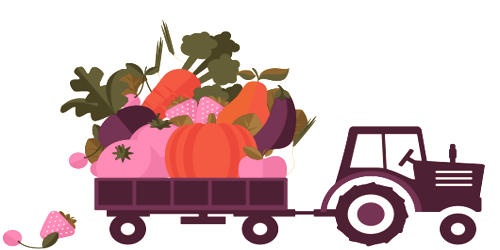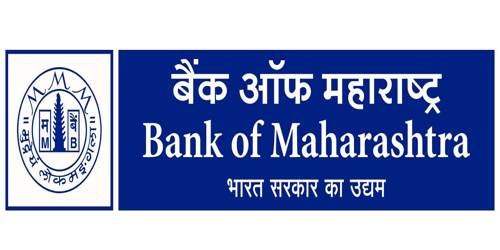Biointensive agriculture is an organic agricultural method that focuses on maximizing yields from a small amount of land while also enhancing biodiversity and sustaining soil fertility. It is a farming strategy that focuses on increasing crop yields while reducing environmental effect.
The method’s goal is long-term sustainability in a closed system. It is especially beneficial to backyard gardeners and smallholder farmers in impoverished nations, and it has also been employed successfully on small-scale commercial farms. It is a comprehensive agricultural method that integrates many activities and principles to achieve food security and soil health.
Here are some key aspects of biointensive agriculture:
- High Yield, Low Space: Biointensive farming strives to create high crop yields in tiny locations, making it appropriate for small-scale and urban agriculture. It maximizes land usage efficiency by tightly spacing plants and employing strategies such as intercropping and companion planting.
- Double-Digging: Double-digging is a core practice of biointensive agriculture that entails loosening and aerating the soil to a depth of 24 inches. Root penetration, water retention, and nutrient availability are all improved as a result.
- Composting: Composting is essential in biointensive agriculture. Compost adds organic matter and nutrients to the soil, enhancing fertility and structure.
- Crop Rotation: Crop rotation is used to reduce soil depletion and pest and disease buildup. To maximize nutrient consumption, different crops are planted in succession.
- Companion Planting: This technique involves planting complementary crops together to enhance growth, deter pests, and improve overall crop health. For example, planting marigolds alongside tomatoes can help deter certain pests.
- Deep-Rooted Crops: Biointensive farmers often select deep-rooted crops that can access nutrients and moisture from deeper soil layers. This reduces the need for excessive irrigation and fertilization.
- Organic Pest Control: Biointensive agriculture stresses natural pest control strategies such encouraging beneficial insects, employing companion plants to repel pests, and crop variety to lessen pest load.
Biointensive agriculture is viewed as a sustainable and environmentally friendly farming method that can aid in the resolution of challenges such as food security, soil degradation, and water conservation. It is ideal for small-scale farmers as well as those interested in organic and regenerative farming approaches. However, it frequently necessitates more labor and careful administration than traditional farming methods.
















